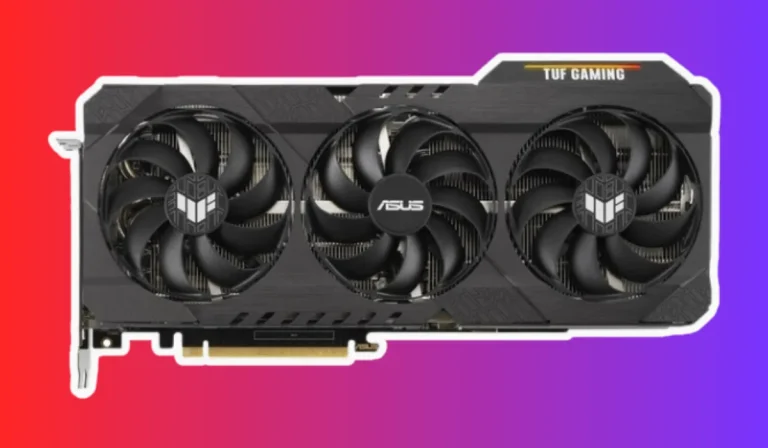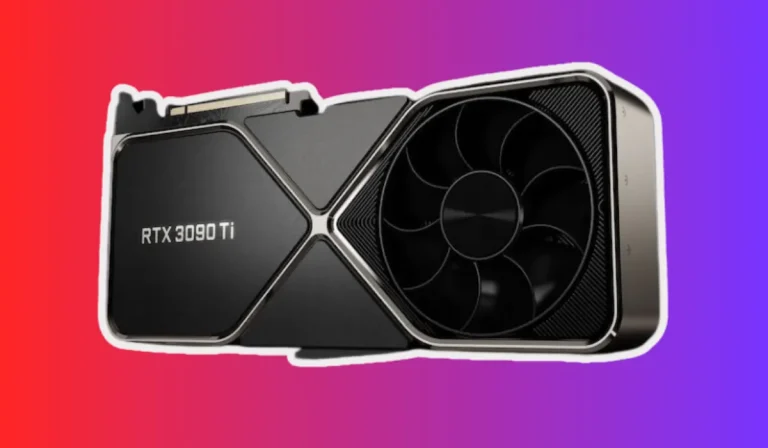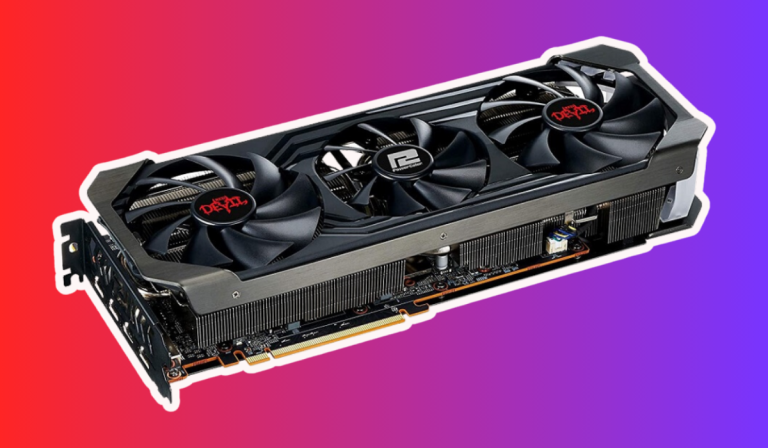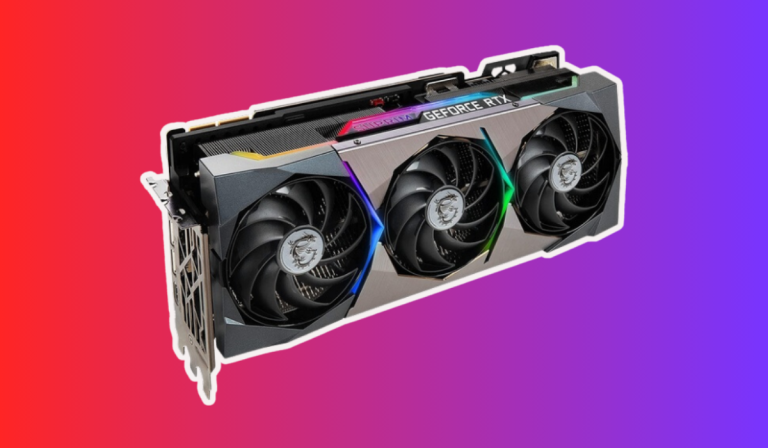How To Lower GPU Temperature On Laptop?
Is your laptop heating up? Don’t worry, we’ve got you covered! In this guide, we’ll walk you through simple and effective ways to lower the GPU temperature on your laptop.
High GPU temps can lead to performance issues and even hardware damage. So let’s dive in and learn how to keep your laptop cool and running smoothly!
Effective Cooling Methods
Is your laptop feeling hot under the collar? It’s time to cool things down! Here are some effective cooling methods to help lower the GPU temperature on your laptop. By implementing these strategies, you can ensure optimal performance and prevent any potential damage caused by overheating.
1. Clean your laptop’s cooling system
Over time, dust and debris can clog the cooling system, hindering proper airflow. Regularly clean the vents and fans using compressed air or a soft brush to remove any buildup and allow for better cooling.
2. Utilize cooling pads or laptop cooling stands
These accessories provide additional airflow and help dissipate heat from your laptop. They come in various sizes and designs, so choose one that suits your needs and enhances the cooling efficiency.
3. Adjust power settings and optimize fan speed
Look for power management settings in your laptop’s control panel. By tweaking these settings, you can minimize power consumption and regulate fan speed, thus reducing GPU temperature.
4. Apply thermal paste
Over time, the thermal paste between your GPU and heatsink may degrade, leading to poor heat transfer. Applying a fresh layer of thermal paste can enhance heat dissipation and improve overall cooling effectiveness.
5. Avoid overclocking or reduce GPU clock speeds
While overclocking may boost performance, it also generates more heat. If you are experiencing high GPU temperatures, consider scaling back your GPU’s clock speeds to keep temperatures in check.
6. Monitor GPU temperature
Use software tools that allow you to monitor the GPU temperature in real-time. This way, you can keep an eye on the temperature levels and take necessary action if it starts to rise.
Software Optimization Techniques
Is your laptop still running hot? Don’t worry, there are software optimization techniques you can employ to lower the GPU temperature on your computer.
These methods focus on adjusting software settings and optimizing performance to reduce heat generation. We will explore some effective software optimization techniques to keep your laptop cool and running smoothly.
1. Update graphics drivers regularly
Outdated graphics drivers can cause compatibility issues and lead to increased GPU temperature. Visit the manufacturer’s website or use automatic driver update tools to ensure you have the latest drivers installed.
2. Close unnecessary background processes
Running multiple applications and processes simultaneously can put a strain on your GPU, resulting in higher temperatures. Close any unnecessary programs running in the background to reduce the workload on your GPU.
3. Adjust graphics settings in games and applications
Graphics-intensive games and applications can push your GPU to its limits. Lowering the graphics settings within these programs can significantly reduce the GPU’s workload and subsequently lower its temperature.
4. Use GPU temperature monitoring software
Install software tools that allow you to monitor the temperature of your GPU in real-time. These tools provide valuable insights and help you keep track of the temperature levels, allowing you to take prompt action if necessary.
Additional Tips for Lowering GPU Temperature
Is your laptop still running hot despite implementing cooling methods and software optimization? Don’t fret! We have some additional tips to help you lower the GPU temperature on your laptop. These tips are easy to follow and can make a significant difference in keeping your laptop cool and running efficiently.
1. Keep your laptop on a hard surface
Using your laptop on a soft surface like a bed or a pillow can obstruct airflow, leading to increased heat buildup. Place your laptop on a hard and flat surface like a desk or a laptop cooling pad to allow for better ventilation.
2. Avoid blocking the vents:
Ensure that any objects do not block the vents on your laptop. Blocking the vents restricts the flow of fresh air and hampers proper cooling. Keep your laptop in a well-ventilated area to promote efficient heat dissipation.
3. Limit multitasking:
Running multiple resource-intensive tasks simultaneously can strain your GPU and increase its temperature. Try to limit multitasking and focus on one task at a time to reduce the load on your GPU.
4. Keep your laptop clean
Regularly clean the exterior of your laptop using a soft cloth to remove any dust or smudges. A clean laptop surface promotes better heat dissipation and prevents dust buildup that can clog the cooling system.
5. Avoid using your laptop in extreme temperatures
Exposing your laptop to high ambient temperatures can worsen its cooling performance. Avoid using your laptop in direct sunlight or extremely hot environments, as this can cause the GPU temperature to rise significantly.
FAQ’s
1. How can I lower the GPU temperature on my laptop?
You can lower the GPU temperature on your laptop by implementing software optimization techniques, such as updating graphics drivers, closing unnecessary background processes, and adjusting graphics settings in games and applications.
2. Why is my laptop GPU temperature getting too high?
Several factors can contribute to high GPU temperatures on laptops, including outdated graphics drivers, running resource-intensive tasks simultaneously, poor ventilation, blocking vents, and using the laptop in extreme temperatures.
3. Will lowering graphics settings in games affect performance?
Lowering graphics settings in games can reduce the workload on your GPU, resulting in lower temperatures. While it may slightly impact the visual quality, it can significantly improve performance and prevent overheating.
4. How often should I update my graphics drivers?
It is recommended to update your graphics drivers regularly, ideally once every few months or whenever a new update is available. This ensures compatibility with the latest software and fixes any known issues that could contribute to higher GPU temperatures.
5. Can using a laptop cooling pad help lower GPU temperature?
Yes, using a laptop cooling pad can help lower GPU temperature by providing additional airflow and cooling to the laptop’s underside. It helps dissipate heat more efficiently and can be particularly useful during extended gaming or resource-intensive tasks.
Conclusion
Keeping your laptop’s GPU temperature in check is crucial for optimal performance and longevity. By implementing software optimization techniques, ensuring proper ventilation, and following best practices like updating drivers and avoiding extreme temperatures, you can enjoy a cooler and smoother laptop experience. Keep your GPU cool, and let your laptop shine!




